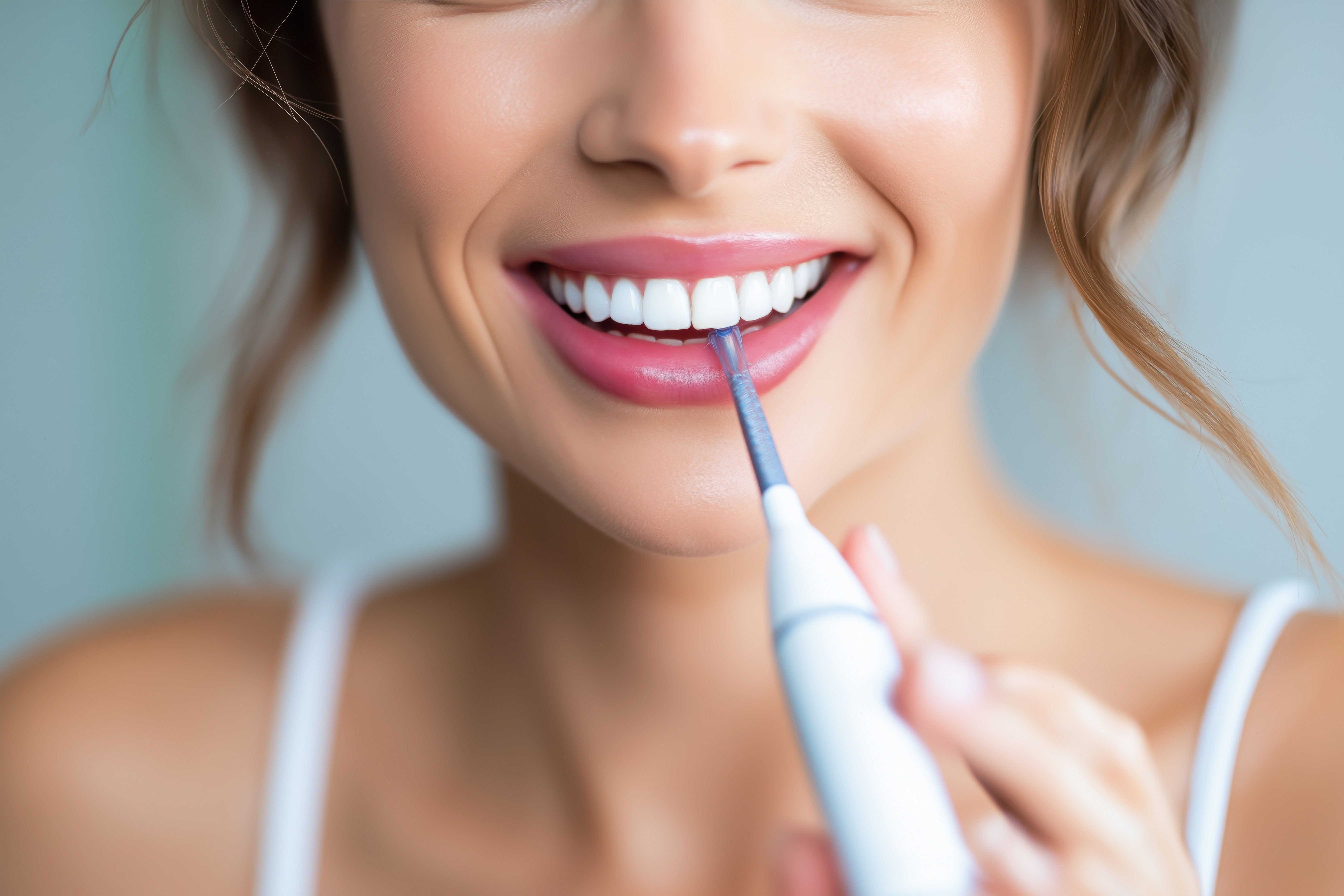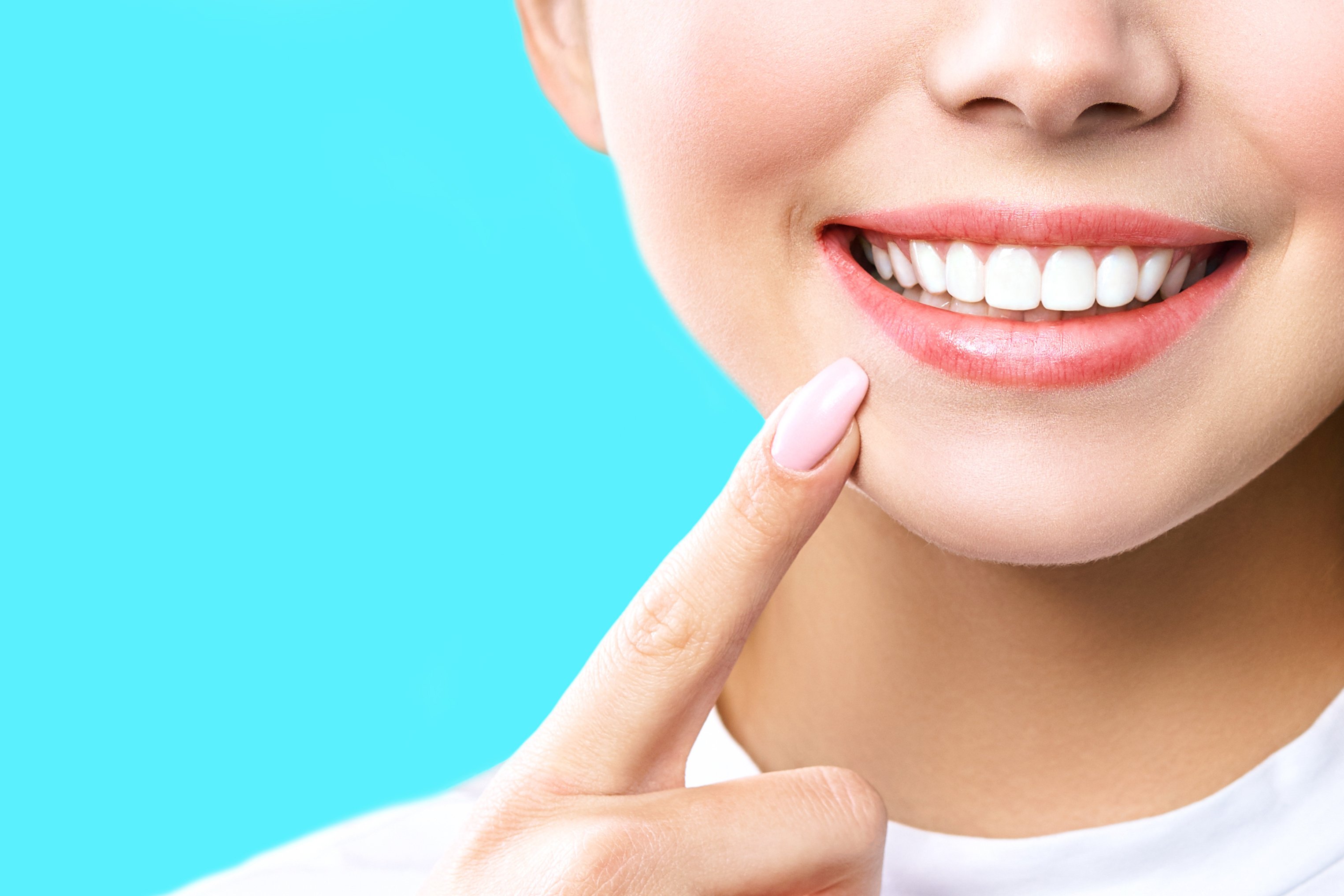Should You Whiten Your Teeth When You Have Braces?

Since patients often have to wear their braces for quite a while, many worry about stains which may develop over time. Whitening treatments can help reduce stains; however, they do pose a challenge if portions of your teeth are covered by orthodontic brackets. Here's what you should know about whitening your teeth when you have braces.
Teeth Whitening with Braces
Many people worry that teeth whitening treatments will result in light-colored spots once their braces are removed. In some instances, this can happen if your teeth become stained while the enamel beneath the braces is shielded from foods, beverages and/or cigarette smoke.
You can help avoid this by practicing good dental hygiene and scheduling regular cleanings with your dentist. At the same time, you should avoid tooth-staining substances such as red wine, coffee and tobacco, so your teeth will stay as white as they were the day your brackets were first applied.
If you have noticed that your teeth have begun to yellow, you can try to lighten them with a whitening product or treatment. That said, you could potentially experience tiny yellow squares on your teeth when the orthodontist removes your brackets.
Since whitening treatments only affect the exposed enamel on your teeth, you will have to whiten the spots that were missed later on. This can be a frustrating, imperfect process, requiring a lot of time. It helps to have guidance from a dental professional. If you have questions about whitening your teeth, ask your dentist or orthodontist for advice.
How to Whiten Your Teeth with Braces
If you do decide to whiten your teeth while you have braces, you have several options. Some focus on removing superficial buildup and stains, while others actually penetrate tooth enamel to lighten and whiten. Over-the-counter whitening toothpaste contains tiny abrasive particles that remove topical stains from teeth to brighten your smile.
It's generally safe to use whitening toothpaste with braces, and if you're worried about minor staining or yellowing of your teeth, it's likely the best option. This is because whitening toothpaste is unlikely to cause uneven coloring when you have your brackets removed and are less likely to cause increased sensitivity and discomfort.
You can also use at-home whitening trays and pens; however, you will need to have special custom trays made to accommodate your brackets. Unfortunately, using whitening trays with braces can lead to discomfort and sensitivity; so, if your mouth already feels a little sore from your braces, it might be better to wait until you have them removed.
You can also talk to your dentist about in-office treatments designed to whiten your enamel. If you decide to go with this option, you will likely need to schedule a follow-up treatment to whiten the areas that were covered by your brackets.
The Bottom Line
In most instances, the best way to whiten teeth with braces is by following your orthodontist’s advice about cleanliness and dental hygiene. Be sure to thoroughly clean around your brackets, beneath wires and between each tooth to keep your smile as white as possible. You can also reduce the risk of stains by avoiding problematic foods and beverages and by scheduling regular cleanings with a dental hygienist.


